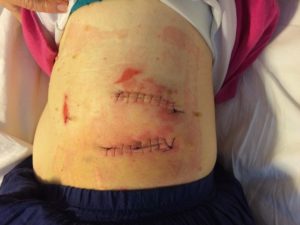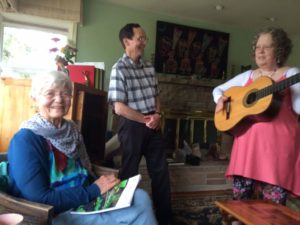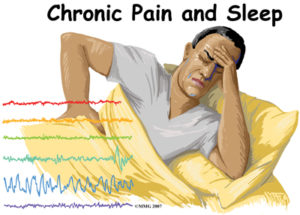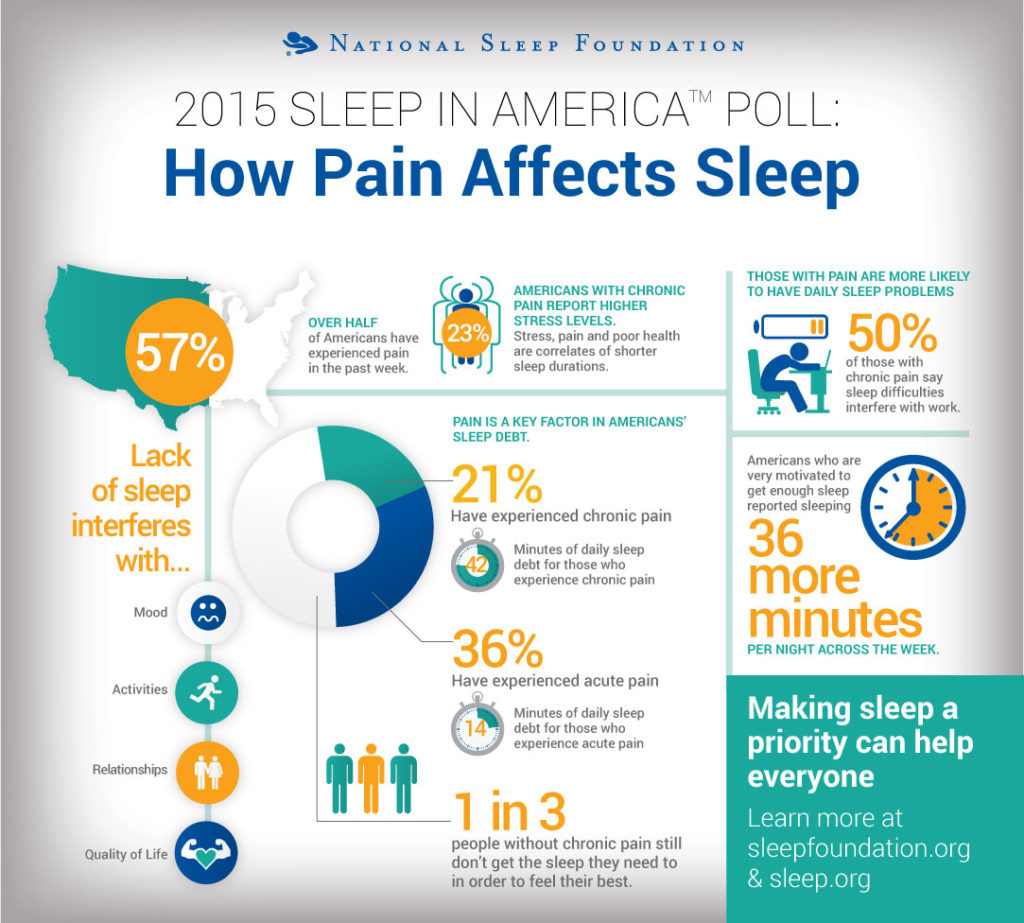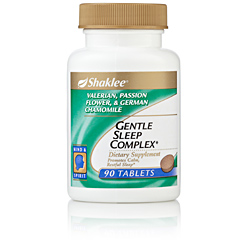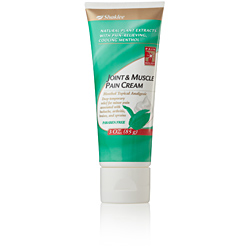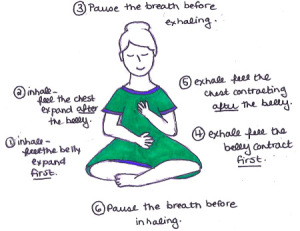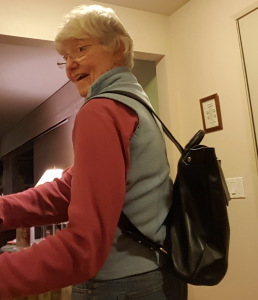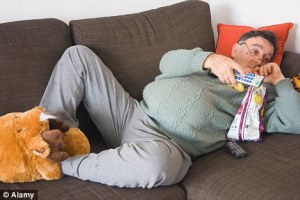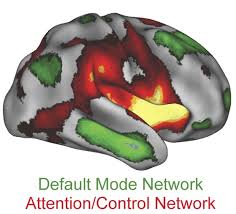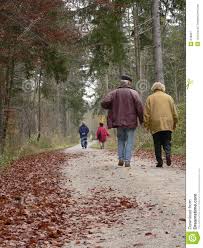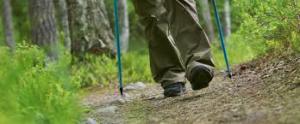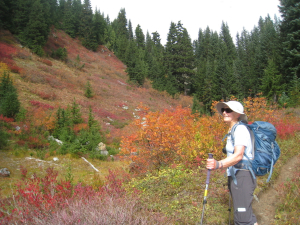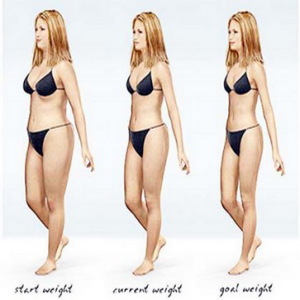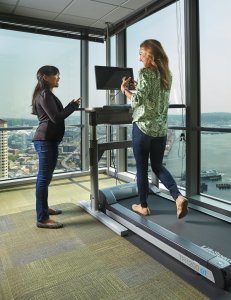Gentle Reader,
Facebook comments and face to face remarks about my happy and speedy recovery from surgery prompt me to share the whole story. I am no superwoman. I am a Shaklee woman. I do have the attitude of “be well, do well and keep moving,” but attitude alone cannot knit together tissue that has been sliced apart and held there while a surgical team cleaned out bad discs and inserted titanium to take their place. I don’t want to suggest by the report I am about to share with you that the only way to get robust healing from surgery is to follow the program I have followed. Not everyone’s body needs the level of supplementation that mine seems to need. However, I am not alone. There are hundreds of other people in the US, Canada and Mexico, Thailand, Japan and China who use supplementation by Shaklee to get the kind of results I attribute to this company’s products.
Things the help
(Because you won’t want to rely on my word alone, follow the links to read about these products as I mention them in order to know their ingredients and understand how they differ from other products on the market.)
In the hospital: 180 Protein shake mix the minute I could eat. Herb lax to stimulate peristalsis and get the bowels moving. Anesthesia and pain medicine shuts this part of the digestive system down. I know there are heads nodding from personal experience as you are reading this. I took my usual supplements as I could, given low appetite, groggy-ness and discomfort. I did not take any pain medicine. In 48 hours, I was home with ice packs on the incision points (both sides) and on the lower back where the work was done. I had pillows mounded high so I could lie in the bed with my knees and hips at 90 degrees putting as little pressure on the psoas as possible.
A steady stream of wonderful people came to help with meals and showering, etc. I discovered a TV series (on Amazon Prime) called Mozart in the Jungle that took my mind off everything. I listened to books on tape (Audible) and managed to progress to the point of walking outdoors longer and longer distances with increased incline. Anyone healing from an operation needs the help of others and distractions.
What I want to share with you is my daily routine of supplementation. You may react negatively thinking “that’s way too many pills.” You may think that’s too much money. Or you may find it informative, learning about vitamins and minerals that help healing.
I take my supplements three times a day and add a couple system-cleansing things at night before bed. I routinely take a couple servings of 180 Protein shake mix and the Instant Protein Soy Drink Mix, especially using Physique, the muscle builder designed to help heal stressed muscles after a workout. It is a sports nutrition non-soy drink. I have used it after working out and it was especially helpful after surgery. Delicious, too, if you like banana flavor.
Vita Lea Gold for people over 50
Vita C sustained release, 3000 daily with another 2000 mg daily during the first 4 weeks. C is essential to healing.
B Complex 6 daily of Shaklee’s well balanced B including all 8 B vitamins in the right ratio avoiding hot flashes or headaches people sometimes get from Super B.
Vita D3 6000 mg daily
Garlic 6 tablets daily (immune support)
Omega broad spectrum fish oil, 6 capsules daily
Lecithin 6 capsules daily plus another 4 during recovery. Lecithin emulsifies sticky material (inflammation around the incision points so that it can flush out of the body thus reducing inflammation)
Carotomax and Flavomax, both fat and water soluable antioxidants from green, red and yellow fruits and vegetables.
Alfalfa, an original Dr. Shaklee product full of minerals that acts as an anti-inflammatory, 45 daily at least.
GLA made from Borage Oil (Evening Primrose oil is common on the shelves of heath food and vitamin stores) an omega 6 supplement that regulates prostaglandins (and hormones) and also acts as an antiflammatory. 6 capsules daily.
Vita E, one capsule daily.
Osteomatrix (bone health product) 4 daily.
Three products for heart health: Blood Pressure to keep my blood pressure normal, Cholesterol Reducing Complex (I have lowered my cholesterol which normally runs about 220 to the upper 190s) and CoQ Heart, an antioxidant that supports the heart muscle
 |
The herbal complexes that I take daily are MindWorks (proven to help memory and concentration), Mental Acuity (increases blood flow to the brain), Nutriferon (natural immune response booster), Glucose Regulation and Metabolic Boost to help balance blood sugar, Joint Health Complex 3 daily to reduce joint pain, Pain Relief Complex 3 daily to keep arthritis pain in my hands, neck and knees at bay.
To aid digestion I take EzGest before each meal and Probiotic Optiflora every morning with a glass of warm water and the juice of half a lemon. At night I take 2 Liver DTX and 2 Herb-lax to cleanse the liver and colon.
You may be shaking your head in dismay or rolling your eyes. Rest assured, I am not alone. For four generations people in the Shaklee family, hundreds of them, have been eating “the shelf” everyday. Ten years ago, our CEO and owner, Roger Barnett risked the company’s reputation by asking the University of California School of Public Health to analyze the blood drawn from 400 long term Shaklee users (20 years or more) and compare the results with people who have taken a multivitamin and with people who have taken no vitamins over 20 years, matching for many individual variables including age. The results astonished Dr. Bloch, the head researcher at the School of Public Health. The Shaklee users enjoyed a significantly higher sense of well-being and demonstrated statistically significant lower levels of diseases such as heart and diabetes. I am happy to one of these beneficiaries. It’s called the Landmark Study. You can read about it here .
If you are already taking some of the above mentioned supplements, what might be your results if you switched to the Shaklee brand? Check your health status by filling out the HealthPrint, a tool designed to help anyone assess their current health against a standard of optimal health.
I just returned from my post-op visit with Dr. Nora’s office. “Go and enjoy your usual activities and we hope to never see you again,” they said to me as I left. I’ll resume hiking in the nearby Cascade mountains in October. I can’t wait.
If you have questions about any of the supplements above or want to read more about the strategies I used to avoid this surgery for so many years, please browse the various posts at www.GrandmaBetsyBell.com
Be well, Do Well and keep moving.
Betsy
206 933 1889
shopping for Shaklee www.HiHOHealth.com
travel adventures www.EmpoweredGrandma.com
